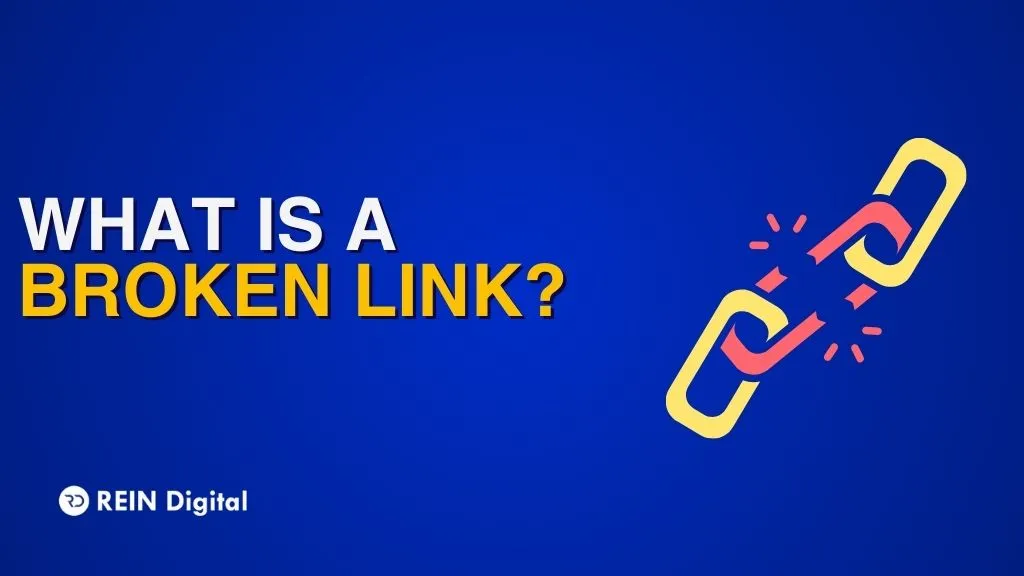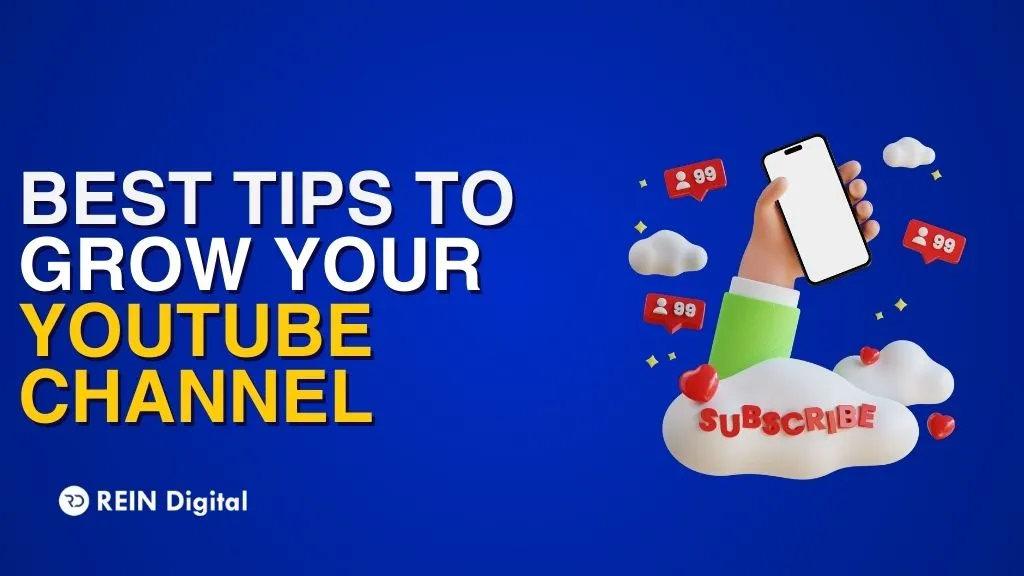.png)
Today, a majority of marketers are using outbound marketing strategies to fill the top of their sales funnel and generate leads. However, we think that the art of outbound marketing is slowly losing its touch due to the emergence of inbound marketing.
How?
For starters, an average individual today is bombarded by hundreds if not thousands of notifications per day. From email blasts to cold calls, marketers are pushing out their messages hoping that they would relate to a needle in the haystack. Moreover, customers are finding creative ways to block the notifications such as caller ID, ad blocker browser extensions, email spam filtering, and more.
But, which one is better? Inbound or outbound marketing? Even though inbound marketing seems to be a clear winner here, there are some challenges in inbound marketing. Let’s put them head to head in our inbound vs. outbound marketing article. Also, we will include some inbound vs. outbound marketing examples.
What is Inbound Marketing?
Inbound marketing is a calculated approach that creates valuable content befitting the needs of your target audiences and results in long-term customer relationships. In other words, inbound marketing attracts customers to your products or services.
When potential customers search for a product online, they are starting their online shopping journey. They start by searching for products or services to solve a problem or fulfill a need. This is where your content comes in. Your content whether it is in video format or written format should explain how you can provide said product or service to satisfy their needs or resolve their issues.
The best ways to do this are:
- Blogs
- Guidebooks
- Video content
- Other online marketing content
Each piece of content should be focused on differentiating your product from your competition. Emphasize on testimonials, outstanding reviews, and social media posts, and embed product comparisons in your content.
The content also must have consistent messaging that builds trust in the mind of the prospective customer throughout their buying journey. The potential customer should not be pushed to buy a product but there should be a subtle “call to action” throughout the content.
An Example of Inbound Marketing
Let’s assume a customer is searching for new marketing software. They jump on Google and type in “best marketing tool,” to explore.
They click on the first organic result that outlined the 10 best marketing platforms in a clear and unbiased way. Once they read the blog post, they might get curious about digital marketing.
At the end of the blog, the marketer has placed a link that encourages the potential customer to sign up for an upcoming webinar that explains a new digital marketing strategy. They get curious and sign up by providing their email address. From there on, the website tracks whether they attended the webinar or not.
After attending the webinar, they might think about whether a company has successfully implemented the discussed strategy. Right at that moment, they receive an email from the vendor containing case studies that explain how a company used the discussed digital marketing strategy and achieved a huge ROI.
This email spurs confidence in them and they request a demo with a sales rep. They are already interested in the marketing software and know all about it. This makes the sale quite easy.
Benefits of Inbound Marketing
There are many benefits to inbound marketing. Let’s take a look at some of them, shall we?
- It is non-invasive: Potential customers are not forced to buy a product or service. They can read your blogs or watch your videos on their own time.
- It is educational: The inbound marketing content is designed to provide value and teach the customers about the product or service.
- It is measurable: All your strategies can be attached to a metric that gets tracked over time.
Moreover, your content and website are continuously updated, so inbound marketing keeps generating leads.
Challenges of Inbound Marketing
As we mentioned before, inbound marketing has a few challenges. It is not for every company. Here are the challenges:
- Requires continuous upkeep: The content that you publish has to always speak to customers’ evolving needs.
- It takes a lot of time and effort: You have to develop and test different content to find out which one works. It is a time-consuming and labor-intensive process.
- Demands a holistic strategy: Inbound marketing needs tools to implement cross-channel campaigns.
Next, in our inbound vs. outbound marketing contest is outbound marketing.
What is Outbound Marketing?
Outbound marketing is when a company makes an effort to initiate a conversation and sends a message to a huge audience to make a sale. The idea behind this is that “the larger the audience, the larger the return.”
Some forms of outbound marketing are:
- Direct mail
- Billboards
- Events
- Newspapers
- Cold calling
- TV
- Radio
Today, however, outbound marketing has evolved with more modern technology such as pay-per-click advertising.
In outbound marketing, the consumers are usually not looking for the product that’s being advertised. Consumers could be watching TV and get interrupted by an ad showing why they need a certain product.
An Example of Outbound Marketing
Imagine a person is driving to work and on the highway, they see a huge billboard that is advertising a furniture store. The person might briefly think about investing in a new couch, but keep it in the back of their mind.
A few days later, they watched a commercial for the same furniture store. They think about buying a couch again but forget about it as soon as the news comes back on.
A few weeks go by and they find a discount coupon for the same furniture store in their mailbox. As a coincidence, they received a bonus at work the same week. At last, they go ahead and buy a new couch.
Here, the customer wasn’t necessarily looking for a couch and the ads didn’t refer to it as well. Nonetheless, the ads kept popping up so they ended up changing their mind about a product that wasn’t a priority.
Benefits of Outbound Marketing
Even though outbound marketing is being used less and less every day, it does have a few perks, which are:
- Promotes brand awareness: With outbound marketing, you can reach people who aren’t aware of your products or services.
- Can yield immediate results: Sometimes interested customers will take immediate action based on your ads and make a purchase.
- Is something consumers are used to: For customers, seeing an ad on TV or newspaper is a familiar feeling. They trust the mediums more than the newer technologies.
Challenges of Outbound Marketing
It is very difficult to get outbound marketing right. Here are some of the cons of choosing this route:
- Outbound marketing is more generalized: It has gotten less appealing and relevant to everyone over the years.
- Consumers can easily tune out outbound marketing: As soon as a show goes to commercial, people mute the TV and do other things.
- Measuring the effectiveness is harder: There’s no analytics to measure the effectiveness of a TV commercial.
- Outbound marketing is costly: Purchasing billboard spaces, banner ads, and TV commercials are an expensive affair.
Inbound vs. Outbound Marketing - The Final Takeaway
Ultimately, outbound marketing is an attempt to connect with a lot of people at the same time, whereas inbound marketing has a very targeted approach. There’s a high possibility that a few people will relate to the ad and convert, but it is not at all cost-effective. Instead of standing on the rooftops and shouting your product’s name and wishing a handful of people to respond, inbound marketing takes a fine-tuned approach and tweaks the content to appeal to the prospects.
In this guide, we explained inbound and outbound marketing and we also focused on inbound vs. outbound marketing examples. We hope our inbound marketing vs. outbound marketing comparison helps you choose the right marketing medium.














